Bread Machine Tips for Beginners
Get started with bread machine baking! My bread machine tips for beginners cover yeast, flour, dough checks, storage, and troubleshooting advice.
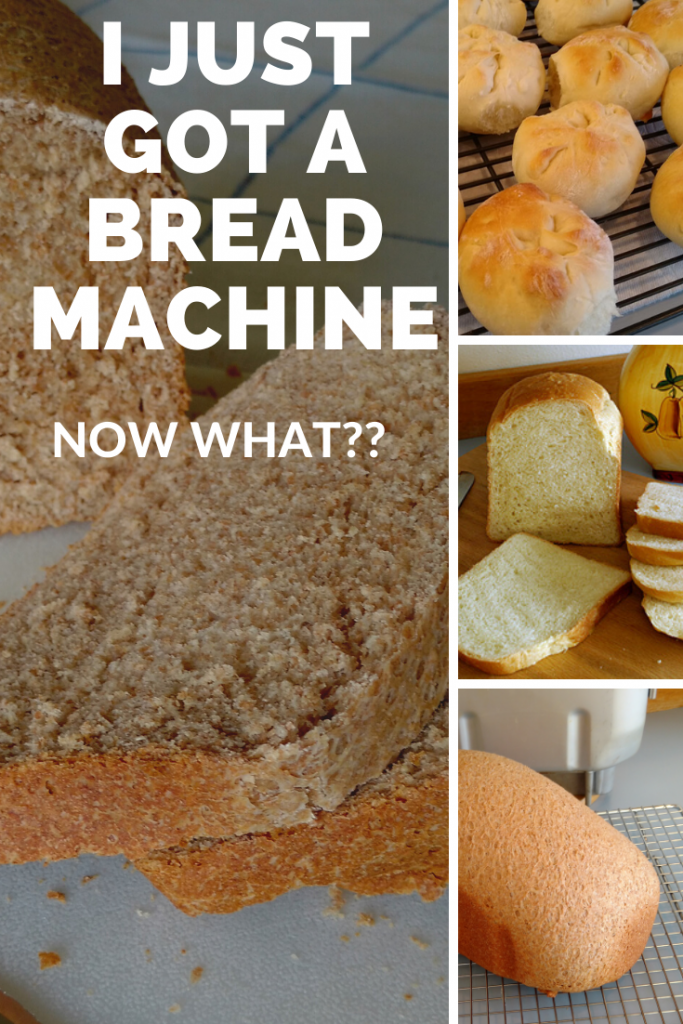
Last Updated on September 29, 2025 – Originally Published December of 2018
Getting a new bread machine or using one for the first time is exciting. As I watched my first machine knead its first loaf of bread, I was enchanted.
But let’s be honest. Along with that excitement comes a few jitters. Bread flour? What’s that? Which yeast should I use? And what if the loaf doesn’t turn out the way I hoped? Even something as simple as how to store your bread can feel like a mystery in the beginning.
That’s where I come in. I’ve been baking with bread machines for years! I’ve gathered my best bread machine tips for beginners to help you skip the stress and get straight to the good part — the smell of fresh bread wafting through your kitchen.
First Step, Read the Instruction Manual
I know, I know — “read the manual” doesn’t sound like the most thrilling way to start your bread-making adventure. But trust me, it’s worth it! Each machine has its own quirks.
Check out what settings on your bread machine. See what order the bread machine ingredients should be added to the pan. Learn how to wash the pan.
With Zojirushi bread machines, for example, you do NOT immerse the pan in water. Instead, you carefully wash the inside while keeping the outside of the pan dry.
Don’t have a manual? I have a page with links to manuals for some bread machines.
Try the Recipes in the Manual
You know the saying you have to learn to walk before you run? It’s true with your bread machine too.
Follow those recipes exactly as written — at least for now. I know it’s tempting to swap out flour, tweak the yeast, or get creative with add-ins (believe me, I’ve been there!). But in these early days, it’s better to stick to the script. Once you’ve got a few loaves under your belt, you can start experimenting with confidence.
And don’t just stop at one recipe. Give several a try! Different breads bake up with different textures, flavors, and crusts. It’s a fun way to discover what you and your family love best.
The bread machine manual can actually have some great recipes! For example, I love this raisin bread recipe that came directly from the manual that came with my machine.
Remember to Check the Dough
All of my bread and dough recipes remind people to check the dough. “Check on the dough after five or ten minutes of kneading. Just pop the top of the bread machine and see how the dough is doing. It should be a smooth, round ball.”
If it looks too dry, add water a teaspoon at a time until it comes together. If it looks too wet, sprinkle in flour a tablespoon at a time until the dough reaches that nice, balanced texture.
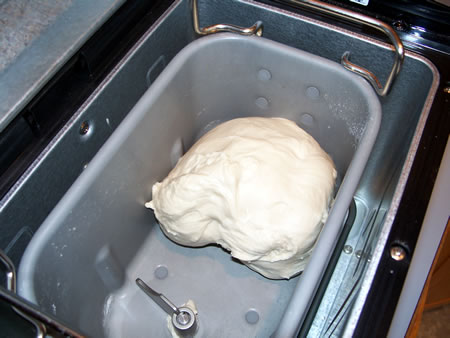
Here’s an example of a smooth, round ball of dough.
Bread Flour
You’ll want to use bread flour in your bread machine. It has a higher protein content so it’s better for making bread.
If you’d like to dive deeper, I have an article about different types of flour. And don’t miss my article on the two methods of measuring flour.
What Yeast Should You Use?
Bread machine yeast. Rapid rise yeast. Active dry yeast. Instant yeast. Sometimes it feels like there are too many choices, doesn’t it? Why does yeast have to sound so complicated?
Here’s the good news: it doesn’t have to be. I’ve been using active dry yeast in my bread machine for years, and most of the recipes on this site use that type. It’s reliable, easy to find, and it works beautifully.
But if you prefer instant yeast, that’s fine too! You’ll just need to adjust the amount. I’ve written an article that walks you through exactly how to switch between the two, plus a simple breakdown of the different types of yeast so you’ll know what you’re working with.
Problems? We’ve All Been There!
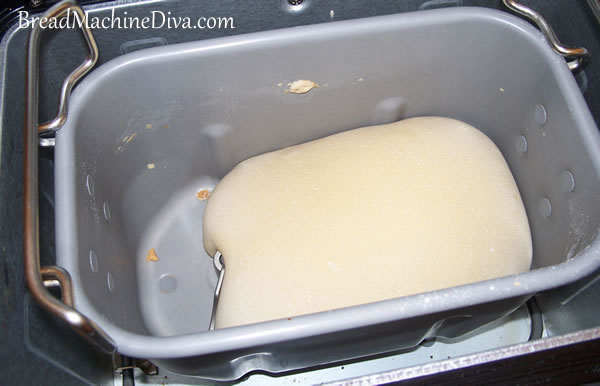
This is what it looks like when you forget to add the yeast.
Even seasoned bread machine bakers (including me!) have loaves that flop. Maybe the bread doesn’t rise. Maybe you forget an ingredient. I’ve even forgotten to add the yeast once!
The key is not to get discouraged. Every “problem loaf” is just another step on your bread-making journey.
Your bread machine manual should have a handy troubleshooting section for common problems — things like bread that rises too much, doesn’t rise enough, or sinks in the middle. And I’ve also put together a collection of troubleshooting articles to help you figure out what went wrong and how to fix it next time.
Remember: every baker has a story about a funny-looking loaf. You’re in good company!
How to Store Bread
Here’s one of the downsides of homemade bread. You know all of the chemicals that you’re not using in the bread? Some of those chemicals keep the bread from going bad.
Homemade bread just doesn’t keep as long as store-bought bread. Not to worry though, bread freezes really well.
I slice the bread first, then pop it in the freezer. That way, I can grab just what I need. When it’s time to thaw, I slip a slice straight into the toaster. You may need to use a darker setting than usual since the bread is frozen..
Homemade bread may not last forever, but the taste is so worth it.
Enjoy and Keep At It
I’m not sure what I’d do without my bread machine. I make all our bread, hamburger buns, and dinner rolls.
And here’s the fun part: I’m still trying new recipes all the time. That’s the joy of bread-making — there’s always something new to explore, and every loaf brings its own little reward.
If you’d like to follow along, I’d love to have you join my newsletter. That way, you’ll get updates on new recipes, tips, and articles — all designed to help you get the most out of your bread machine.
So stick with it. Every loaf you bake is a step closer to the simple pleasure and self-sufficiency that come from making homemade bread.
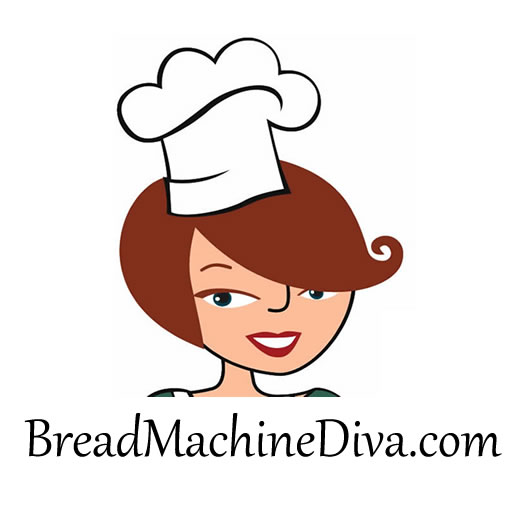

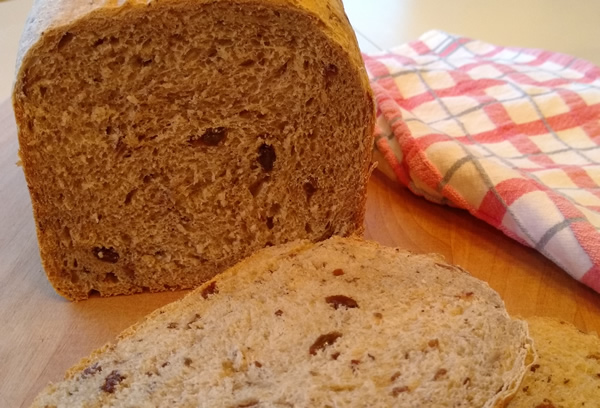
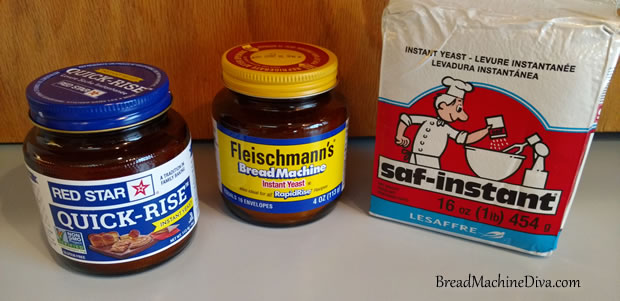
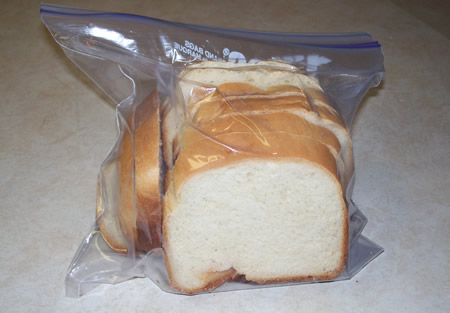

Help, I need to know what program to choose, when the recipe calls for a sweet-program, which my “Zo”doesn’t have
Great question! I’d just use the basic setting.
I got a bread machine and as you said to read the manual. I was scooping the flour out and my bread was solid. I read that you need to spoon the flour in to the measuring cup. My bread came out beautiful. I also added garlic and cheese to the bread. Delicious. Thank you for your help. Jim
Do you use iodized or plain salt? We were given a bread machine for our 50th wedding anniversary.
Thanks Ms Diva!
Congratulations on your anniversary!!
Great question! I use regular salt from the grocery store. I believe it’s iodized.
We recently purchased a Zojirushi Virtuoso Plus bread maker. We tried making the basic white bread loaf – automated course #1. We tried setting the crust to light & then medium. The loaves came out well but the crust was extremely flaky on both loaves. When you slice it it flakes apart. The bread however is not crumbly. Any suggestions on how to prevent this?
Also although the bread is tasty we would like it to be a little softer inside. How does one get that real soft bread with a firmer non-flaky crust?
I’ve received so many questions about the Virtuoso Plus, that I’ve bought one. I’m just getting started with it. In my initial tests I’ve noticed that the crust is a lot thicker than on my other machines. However, I was happy with the softness of the bread. I tried the Sour Milk Bread Recipe – Two Pound Loaf recipe.
I have three bread machines. I purchased the Toastmaster Bread and Butter Maker years ago and its the bread machine with which I am most familiar. I still have the manual for it, but the recipes that I usually use come from The Bread Machine Cookbook by Donna German. Her recipes often come out as softer with thinner crusts. The Toastmaster manual recipes are often harder, tougher and dry.
The other two I purchased were gently used and came to me without manuals. The controls are very different. Can I get manuals for my Regal and Sunbeam bread machines? Is there a place online to download the manuals as pdf files?
I’ve got a page on the site with downloadable bread machine manuals. There’s a link for one Sunbeam machine, but I couldn’t find a manual for the Regal.
I have a Zojirushi virtuoso bread machine, which I love and couldn’t live without. I just recently bought a 25Lb bag of bread flour from Costco (Ardent Mills brand). All the breads I usually make, french baguettes, naan, raisin bread are turning out very dense, and the tops are very torn is there a way to adjust my recipes for the Costco flour? Previously I was using either Gold Medal bread flour, or King Arthur’s bread flour and my loaves were perfect. Does anyone else have the same problems? I usually stick to the recipes in the instruction book.
Thanks for all your help!
How do you measure your flour. You might try weighing it instead and see if that helps.
I use the scoop and sweep method. 🙂
Following this from the FB article. I remember moving from an Oster (easy peasy) to Zoji. I read and followed exactly and got the worst bread imaginable! Salt, sugar, etc all in little pocket clumps, no mixing, no rising. *shudders* I realized that the way I had learned with the Oster was really the way we do it by hand. Mix the liquids (room temps please) and put in machine. Then do the dry (sans yeast) in a bowl, mixing thoroughly, aka spoon sifting, and getting the mix together then spooning it (actually sprinkling it) into the bread pan. THEN a small nudge for the yeast. If I added VG (Vital Gluten) I put it in with the flour. Only failures I’ve had since then is not paying attention to barometer or forgetting yeast (yes, I’ve done that).
I think experimentation in bread baking via machine is essential. Sometimes the book is right and sometimes … well, it’s up to the baker.
And for the record, if I have failed to say so recently, Marsha, you are a Goddess-send for bakers new and old. I learn things from you I missed, or am reminded. Never too old or too young to find a kindred spirit.
Have a great 2019 and thank you for being here.
Kim, thanks so much for the kind words. I learn so much from you too! And I’m relieved that I’m not the only one that forgets the yeast sometimes. 🙂
I’m really excited about 2019. I’ve taken a class in breadmaking that I really enjoyed. I think 2019 will be an exciting year!
I love my Zojirushi bread maker
I have a new Russell.Hobbs bread machine. 1st loaf sunk despite following instructions to the letter & following advice, changed a couple of ingredients- 2 more sunken / big valley loaves followed. Fwd up now & going back to my old, smaller Hinari bread machine…. :(((((
Darn it! Any hopes of returning the machine?
my new bread machine has 2 dough setting one called ferment dough and other just called dough question is which do I use ..I live in asia and not able speak the local language .
I would thankful for your help John
Interesting! I’ve never heard of a fermented dough setting. What brand of machine is it?
I would guess that you’d use the plain dough setting and not the fermented one. But that’s just a guess.
Could fermented dough mean sourdough possibly?
Maybe. That’s a thought.
I’m so glad to meet you Marsha. Thanks for all your help making my family the freshiest bread possible. My first loaf was pretty, but not enough salt,, huggg,, the second loaf, great and keeps getting better. With your receipts help and tips…
Thank again ,,, so glad i found you…
Thanks so much for the kind words. Please keep leaving comments and asking questions. That helps me to get better at this too. 🙂